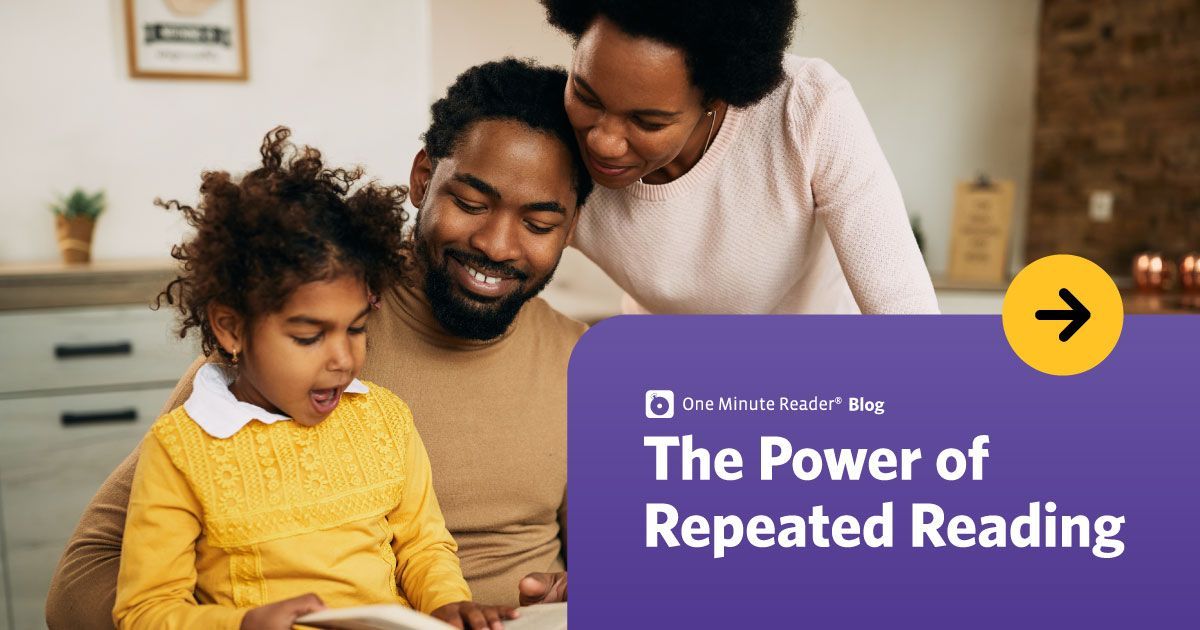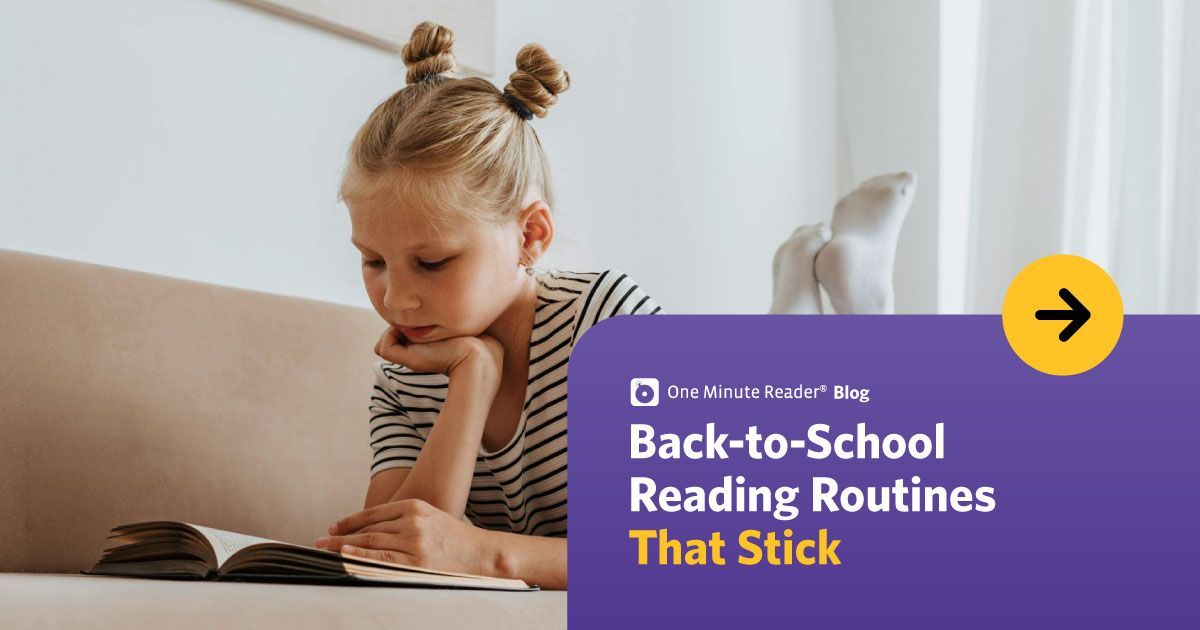Blog
5 Meaningful Ways for Students to Honor Their Teachers
Teacher Appreciation Week is coming up soon, starting on May 5, 2025! Let’s support students in celebrating their teachers with love and gratitude. Here are five meaningful ways students can honor their teachers during this special week.
- Write a thank-you letter.
One of the most touching ways to express appreciation is through a heartfelt letter. Have students take a moment to reflect on the ways their teachers have impacted them; then ask them to write down their thoughts. If your students are struggling with what to say, we've got you covered! Download our free thank-you letter template to get started. Students can personalize it with memories and experiences to show their teachers how special they are.
- Create a video tribute.
In the digital age, there's no better way to share your love than with a video tribute. A group of students can gather and record messages of gratitude, recalling their favorite moments or lessons from the year. If they’re able to, they can use video editing software to compile the recordings into a single video as a special surprise for their teacher.
- Make a gift.
Have students coordinate with their classmates to make a thoughtful gift such as a scrapbook filled with messages, drawings, and photographs from the class. Alternatively, students could pool resources to purchase a gift card, educational supplies, or a subscription to a teaching resource.
- Decorate the teacher's door or workspace.
Students will love to get creative and decorate their teacher's door or workspace with messages of appreciation, drawings, or quotes. There are endless ways to make this activity memorable for the students and special for the teacher.
- Volunteer.
A wonderful way to show appreciation is to give back. Students can offer to help their teacher with tasks such as organizing the classroom, assisting with lesson preparation, or even tutoring fellow students. Demonstrating their commitment to the learning process is a meaningful way for students to thank their teachers for their hard work and dedication.
Teacher Appreciation Week is the perfect opportunity to acknowledge and celebrate the incredible educators in our students’ lives. A small act of gratitude can make a world of difference, so let's make this year's Teacher Appreciation Week one our teachers will never forget!
Highlighted Posts
Ready to see an improvement in your child's reading?
Sign up today and get seven days for FREE.
One Minute Reader is just $8 per month after your free trial.


